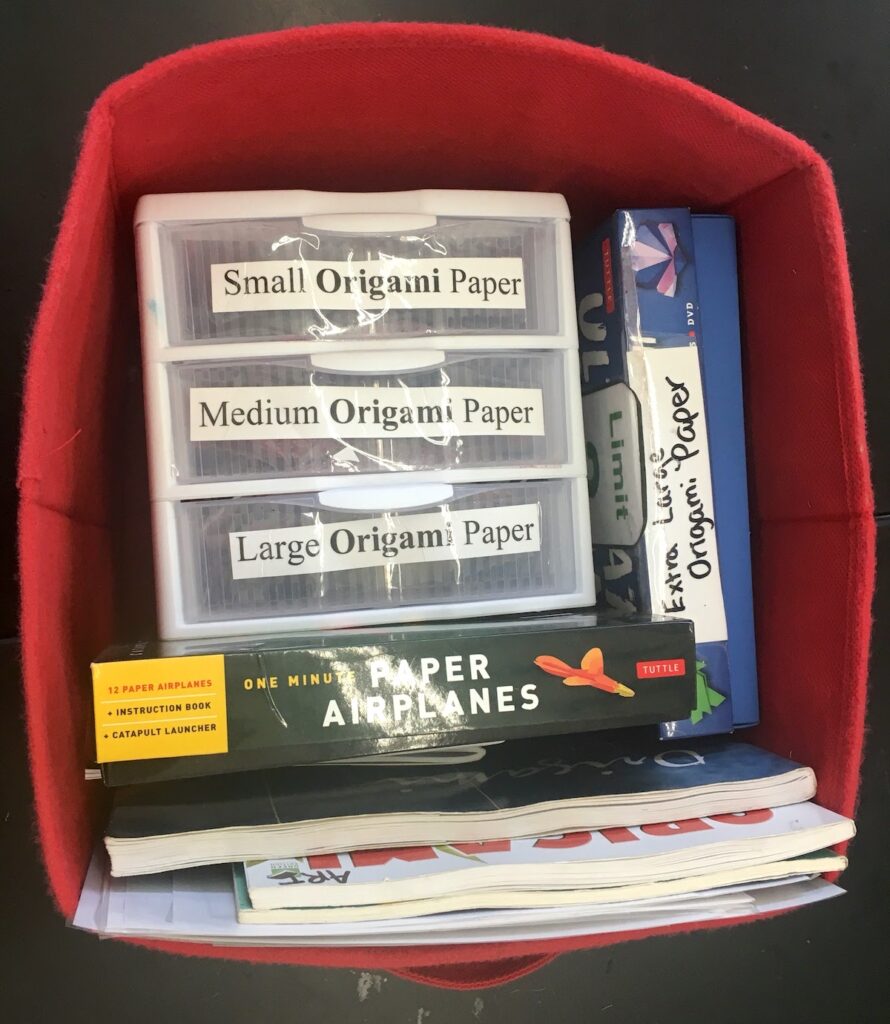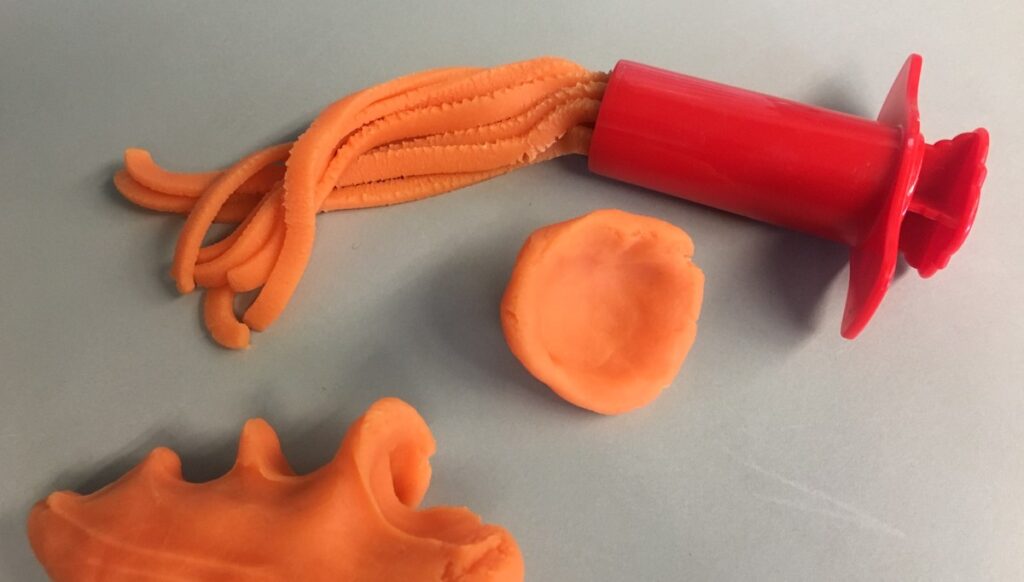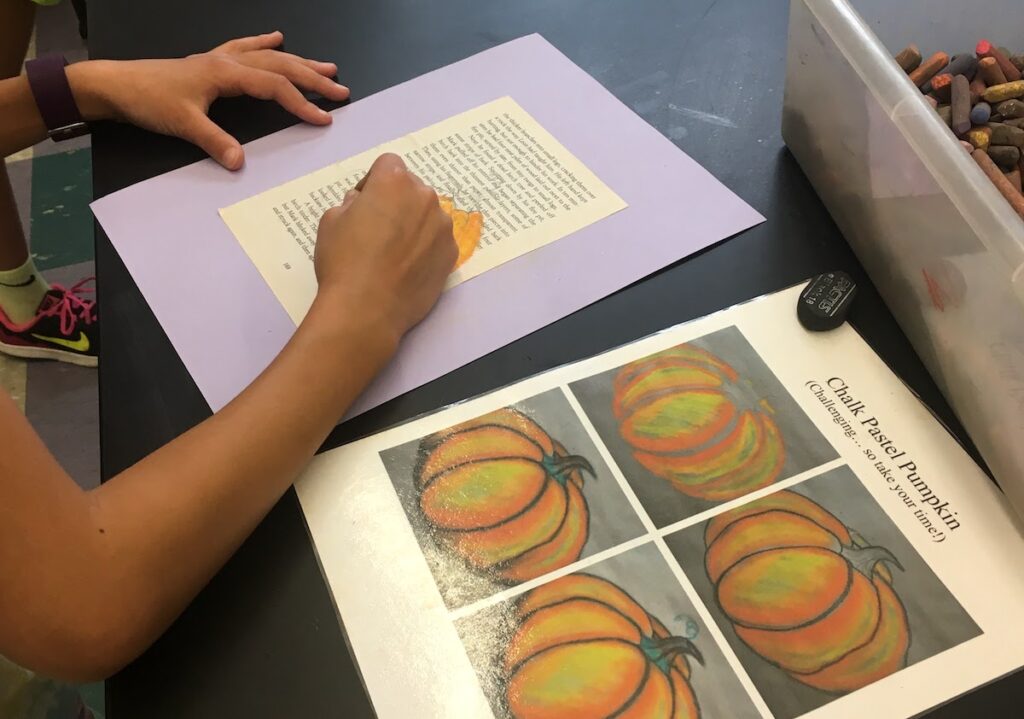Leaving sub plans can be time-consuming and stressful. This is especially true if you run a choice classroom. Sometimes it’s easier to go to school than to spend hours explaining your classroom. Never mind returning to a big mess the next day! What if it was possible to leave sub plans that allow students to have more choice with less setup and cleanup?
Well, there is! Tabletop centers are self-contained and are an easy way for students to set up and clean up even when you have a sub. Each center lives in a box containing directions, materials, and tools for students to use at a table. At the end of class, students only need to place the materials back in the box for quick and easy cleanup!
How to Set Up Your Centers
1. Decide what type of containers you’ll need.
Stackable tubs are easy to store while you’re not using them. The size and shape of the containers depends on your unique space and the type of centers you want to offer.

2. Decide which centers you will provide.
Centers based on media types, the elements and principals, or skill building activities are all good ways to start. It’s best to focus on easy-to-clean, one-day projects for your centers.
Here are some ideas:
- Drawing: Provide a new drawing tool with an anchor chart to show different techniques.
- Sculpture: Try LEGOS, tinfoil sculpture, or modeling clay.
- Collage: Include step-by-step directions on how to create a design using tracers and fancy scissors.
3. Think about if you will provide different materials for different grade levels.
You can also differentiate based on age. This can be done by providing different tubs or different directions for the same materials.
Whatever stations you decide to provide, focus on simplicity. Remember, projects should be easy to clean and should only take one class period.
4. Make sure each center has the following 5 things.
- Labels
Your centers will need labels. For each, you may want to include the name, photos of the projects/activities to elicit interest, and a list of items inside. It’s also a good idea to provide students with a photo of what the center looks like when it’s all cleaned up, so they have a guide for the end of class. - Tools
Leaving centers means you don’t need to provide tools for every student at once. Instead of thirty pairs of scissors, you may only need five. It’s a good idea to label and number the tools for each center to keep students accountable for returning them.

- Consumables
Materials, such as paper or glue sticks, will need to be refilled through the day. Provide your sub with access to extra materials in case they run out. - Anchor charts
Leaving laminated directions for each center is important. Guide your students by posing a challenge or laying out steps for a specific technique. For younger students, laminated anchor charts can make great placemats. This can help them keep 3D projects from getting tables messy or provide directions for non-readers.

- A Timer (optional)
If students are rotating between centers, have a visible timer available. But beware that some students may not want to leave certain centers. Make sure the sub clearly states the time limits and gives ample warning before asking students to rotate.
How to Explain the Centers to a Sub
Make sure you leave your sub detailed instructions. Include where to set up the centers, your classroom expectations, and where to find extra materials. This may also be a great time to try flipping your sub plans! The sub will appreciate being able to put on a video to provide clear and concise directions for students. Your friendly face and voice will help to ease some of the anxiety that comes with a routine change. This will mean fewer behavioral issues for your sub!
Taking time to create table tops centers will make leaving emergency sub plans easier.Because you have a variety of choices, students can rotate to different stations each time they have a sub. This means you won’t need to reinvent the wheel each time you’re out. As the year progresses, you can leave new centers for classes who “earn” them with good behavior. Your sub can thank them for good behavior by providing them with even more choice!
How do you leave sub plans in your choice classroom?
Would you ever try tabletop centers with your subs?
Magazine articles and podcasts are opinions of professional education contributors and do not necessarily represent the position of the Art of Education University (AOEU) or its academic offerings. Contributors use terms in the way they are most often talked about in the scope of their educational experiences.







